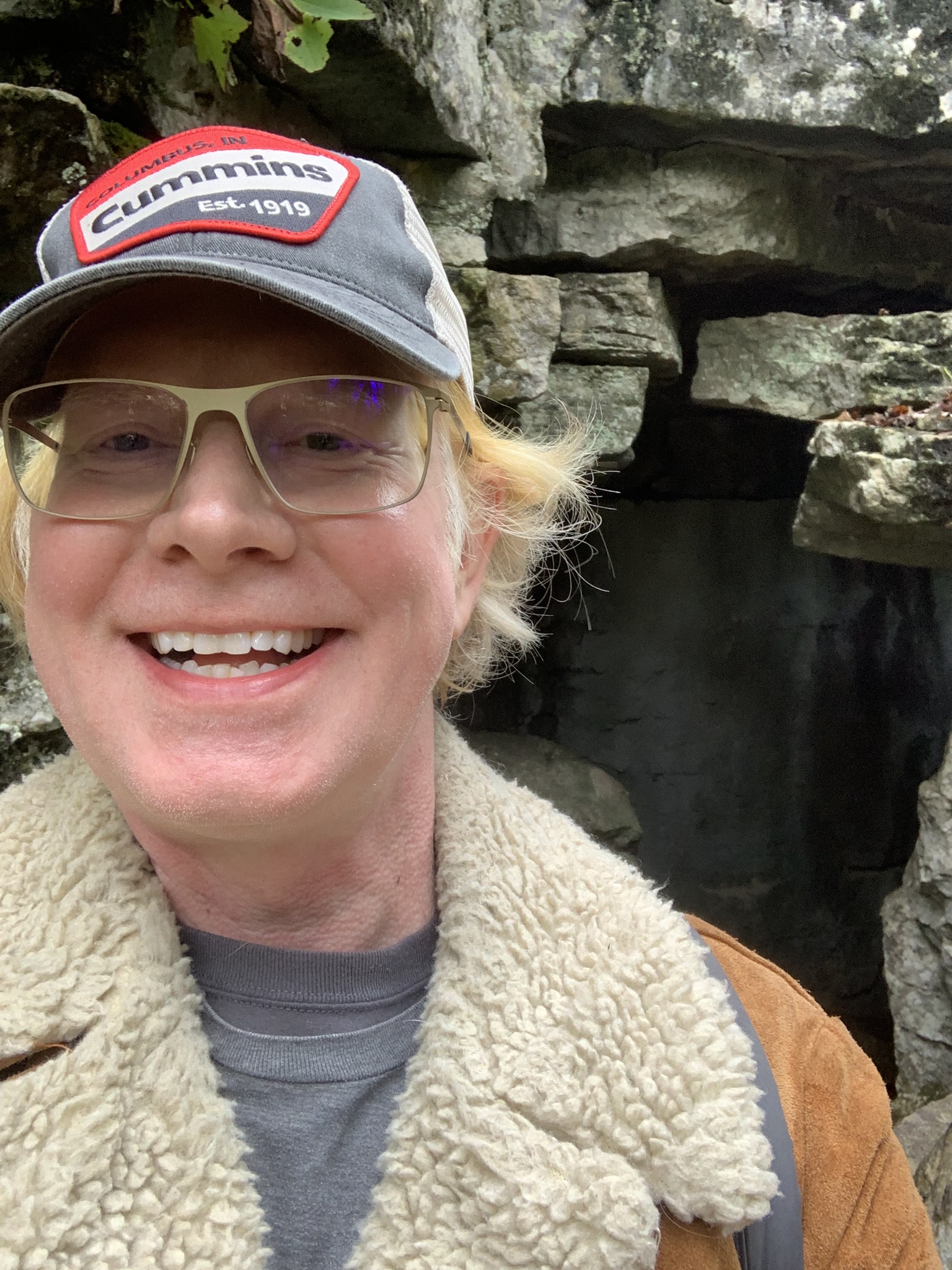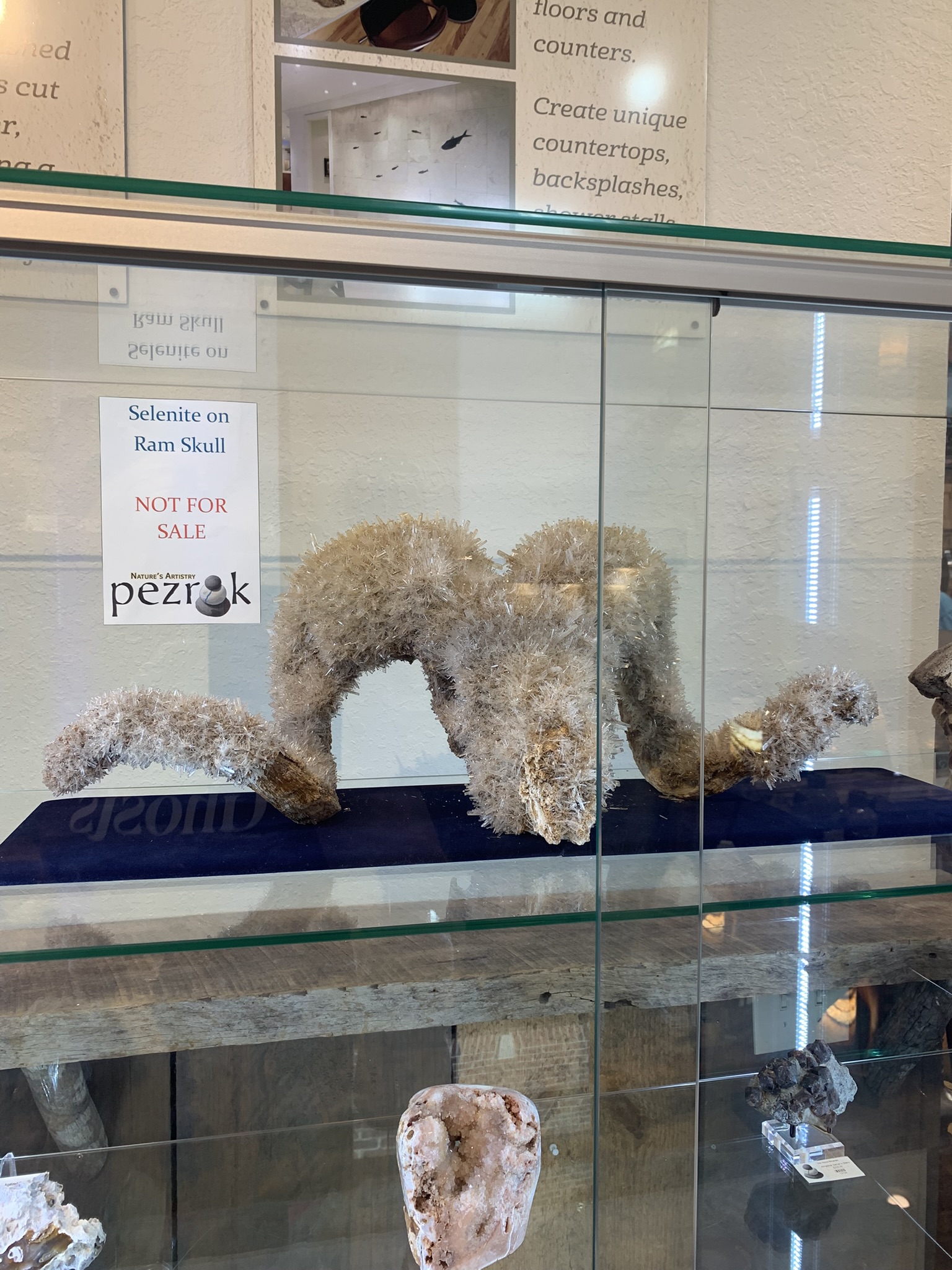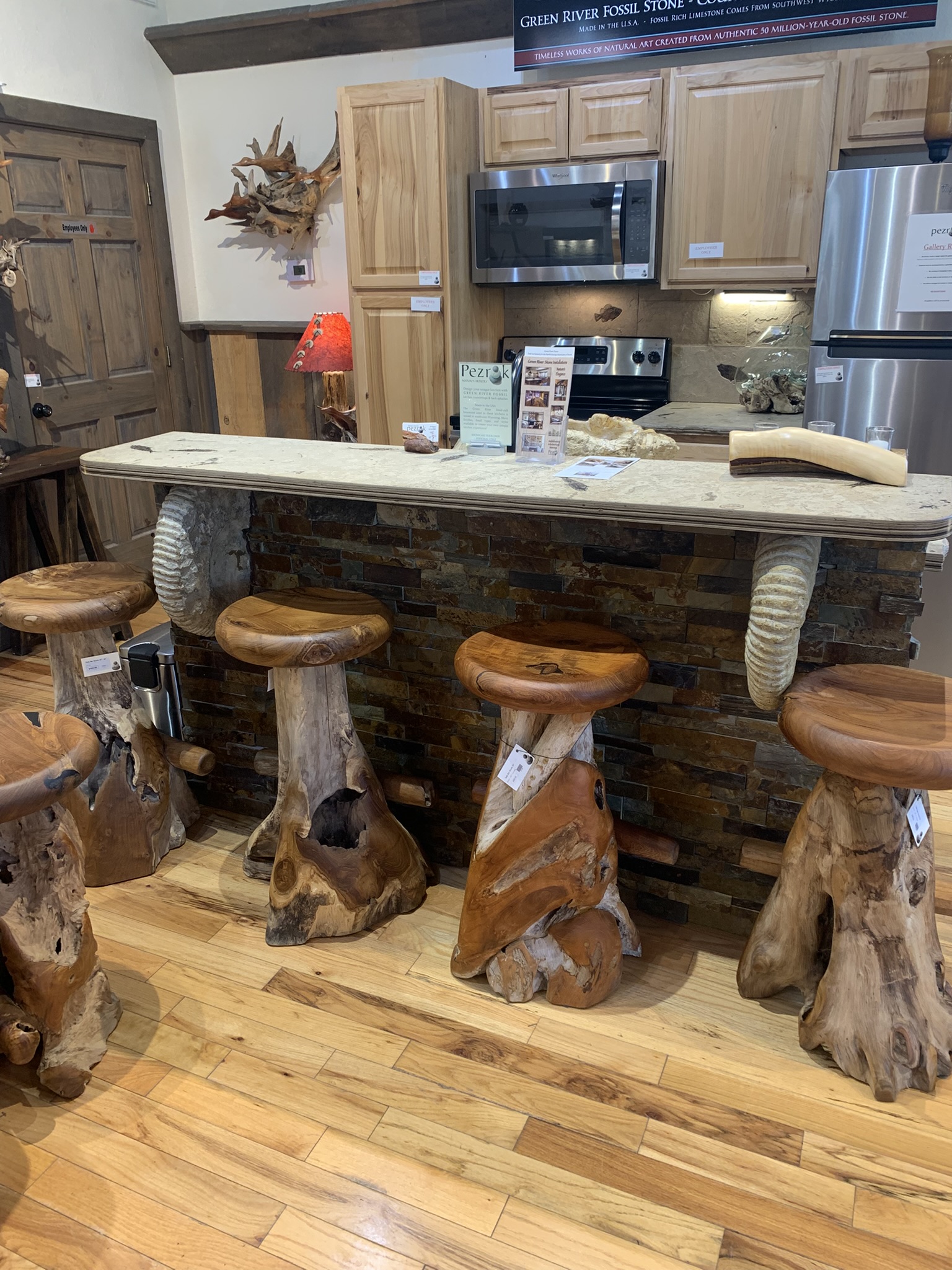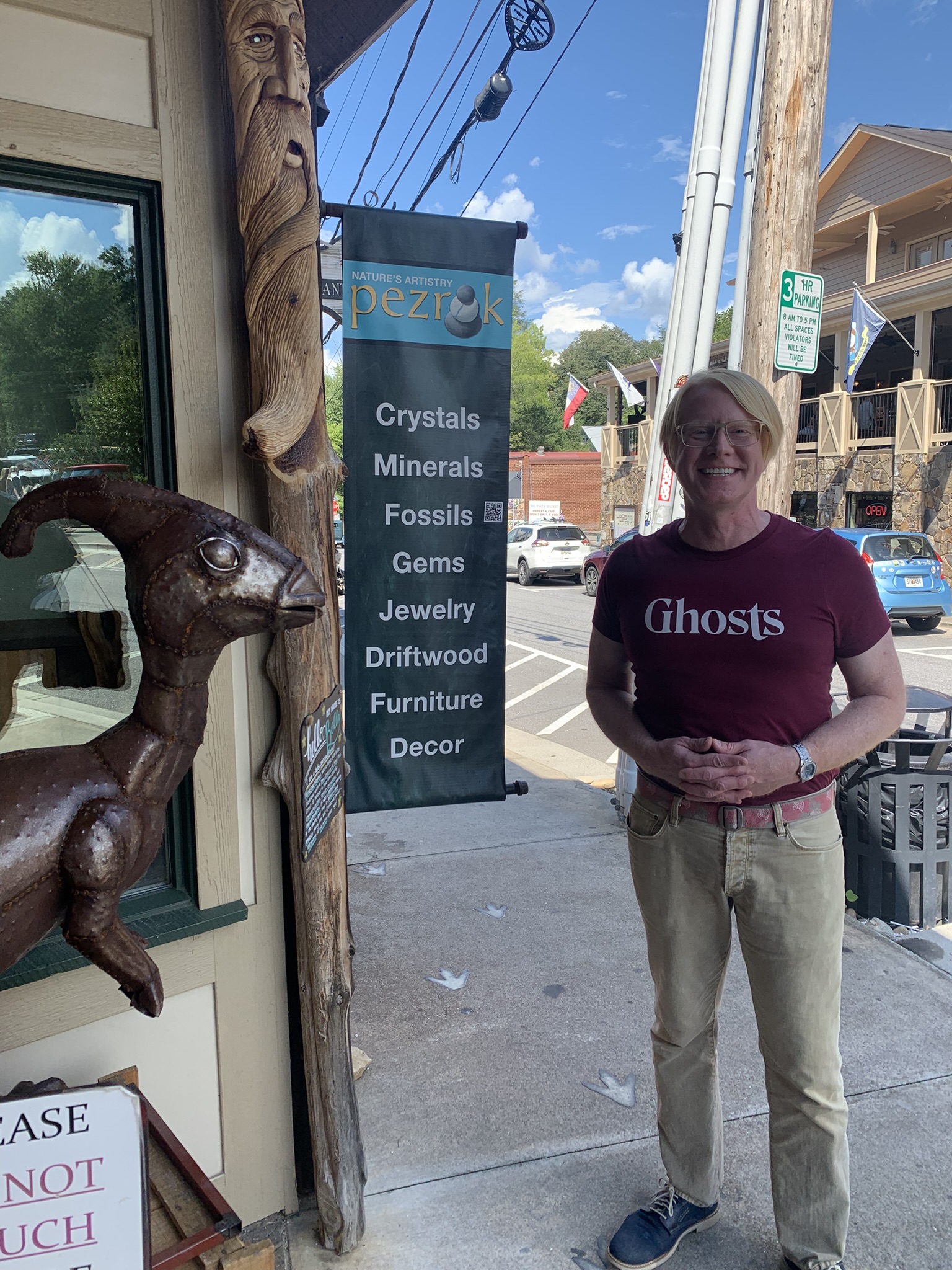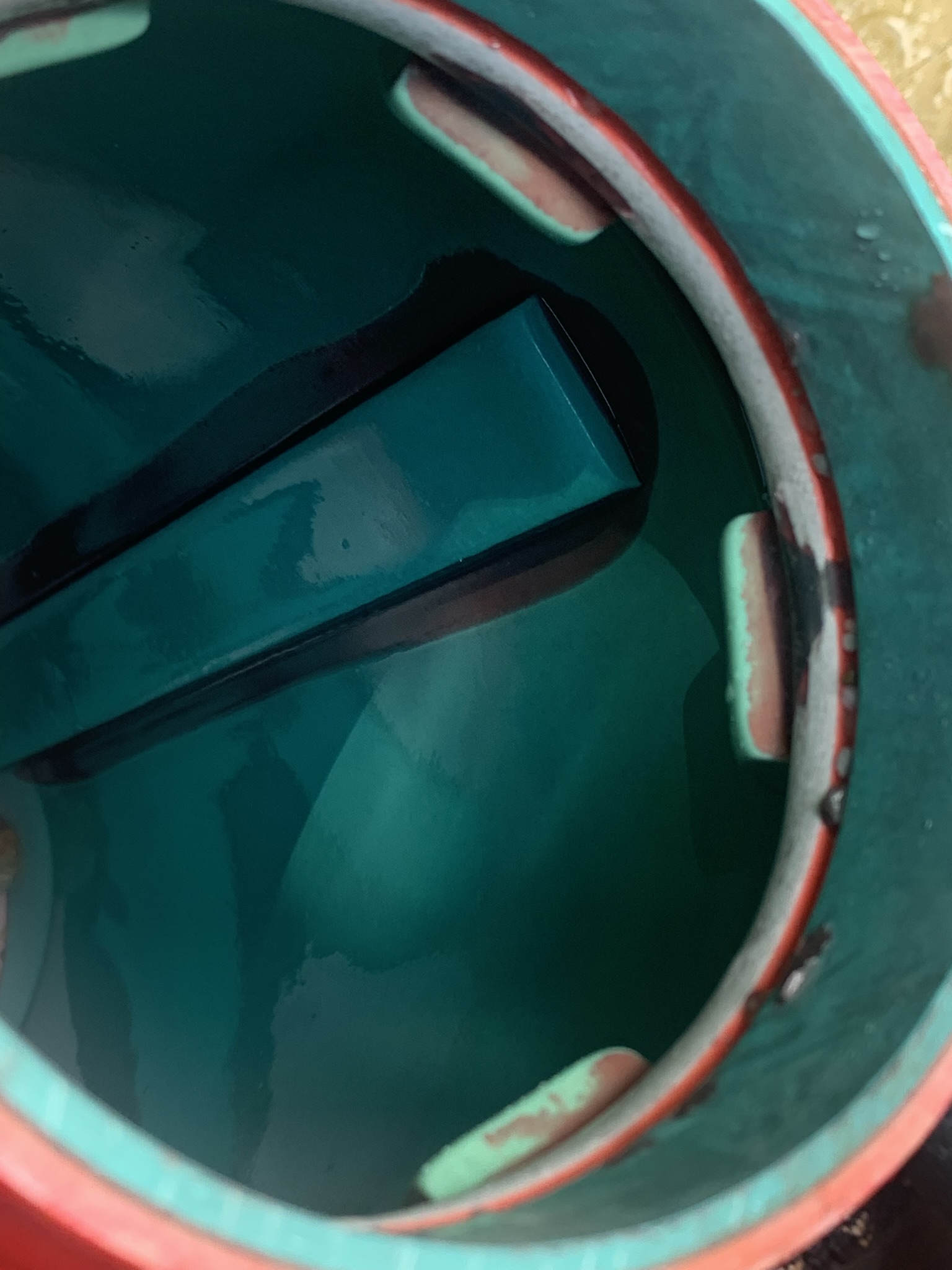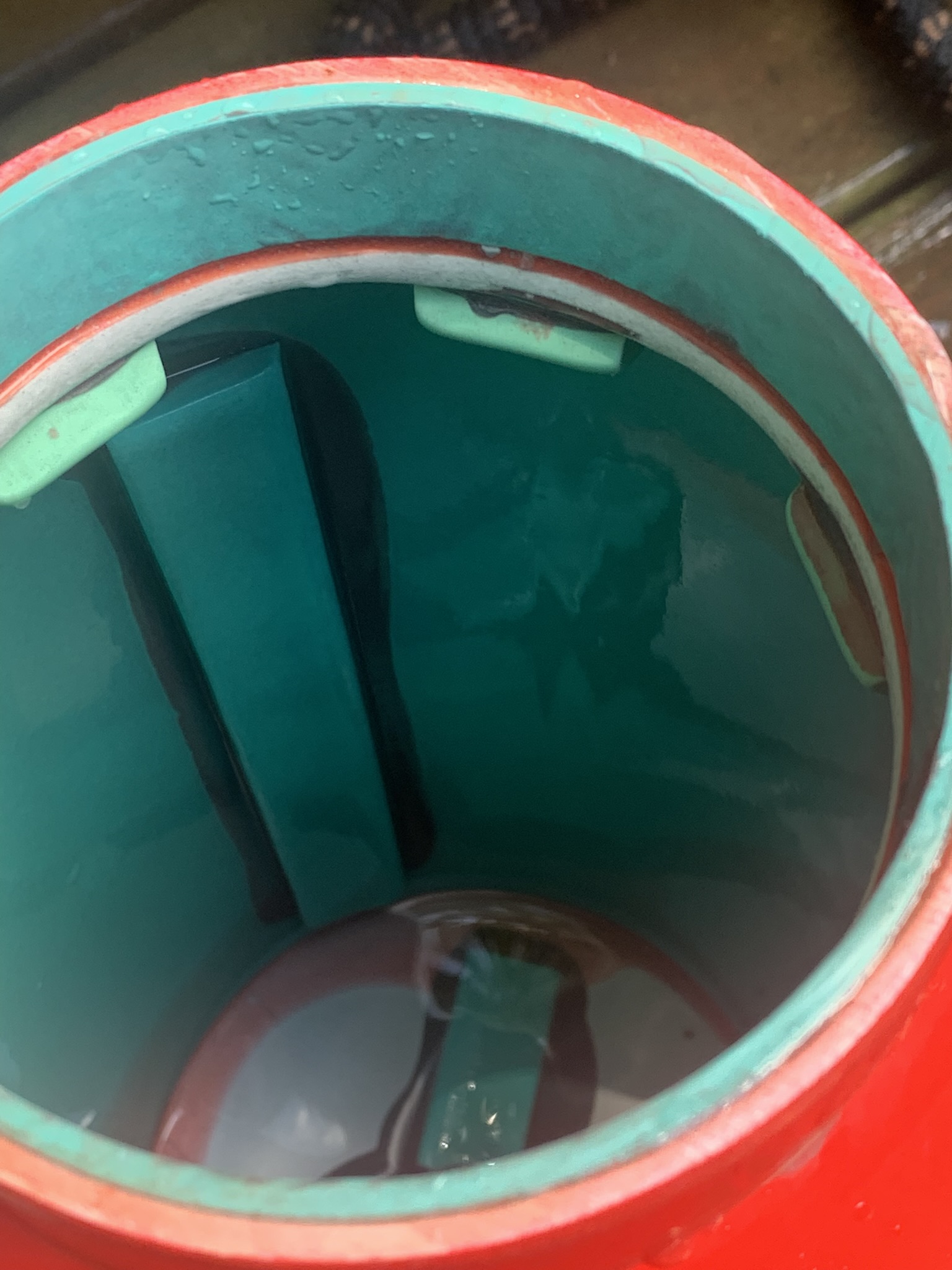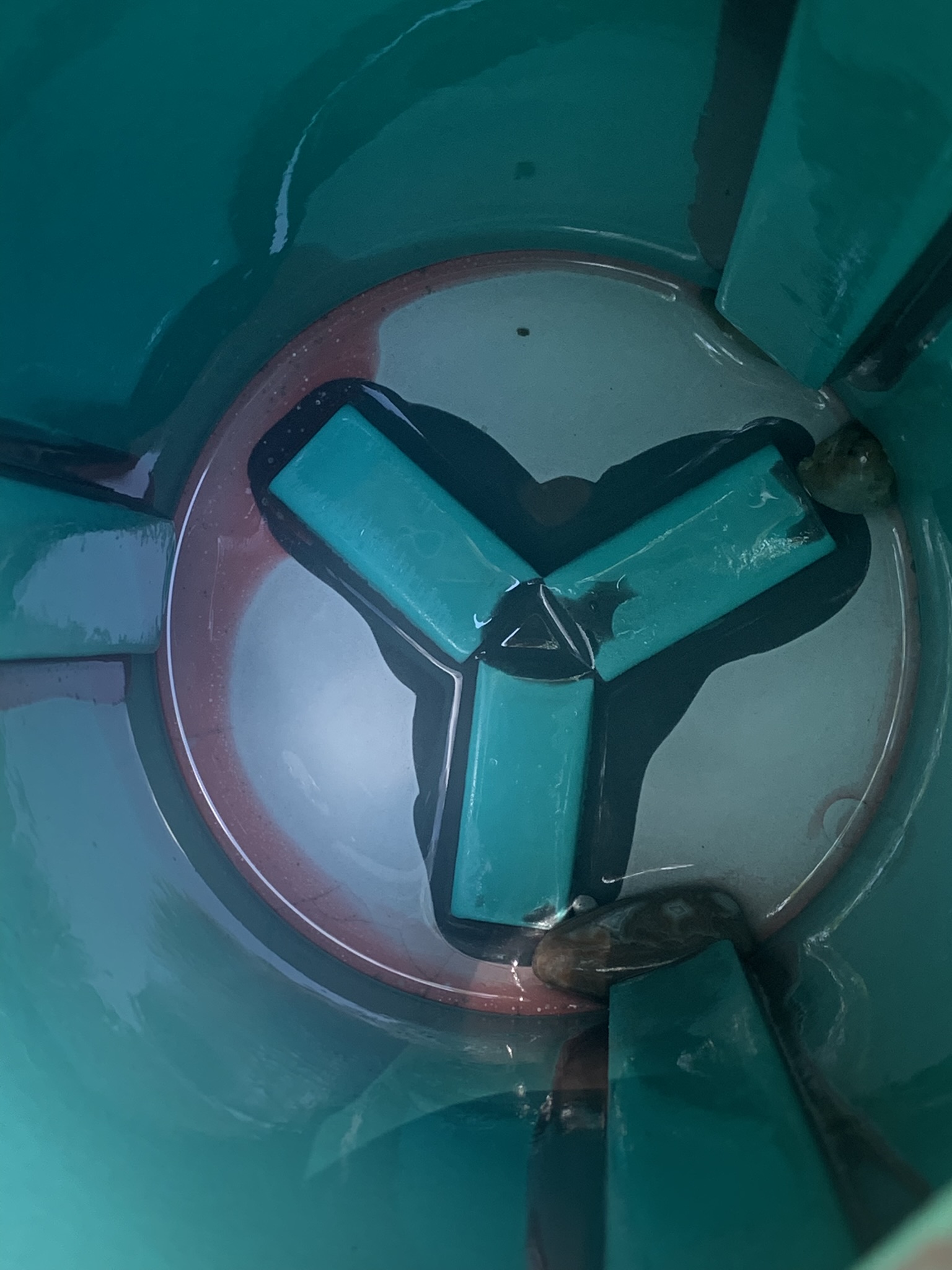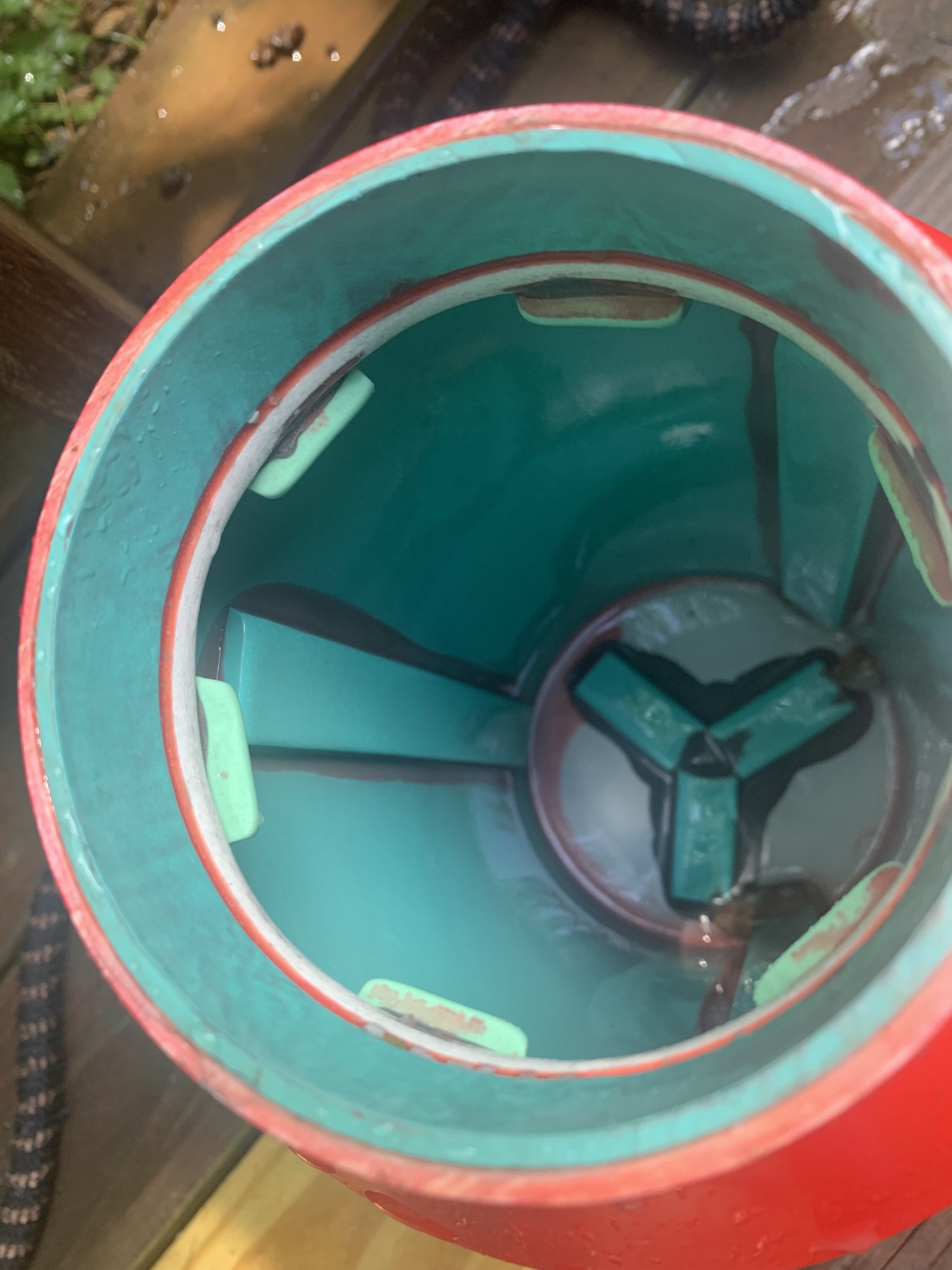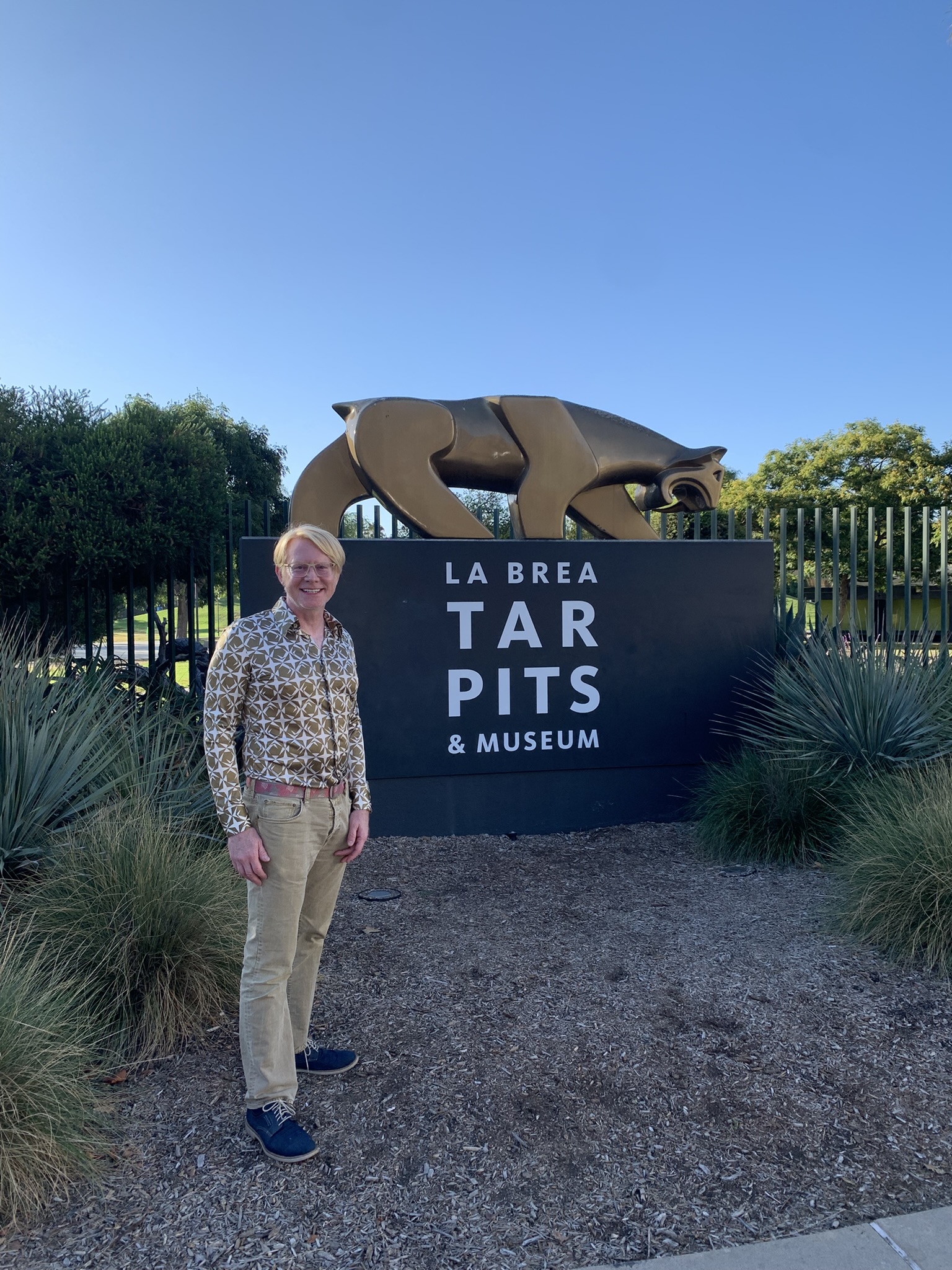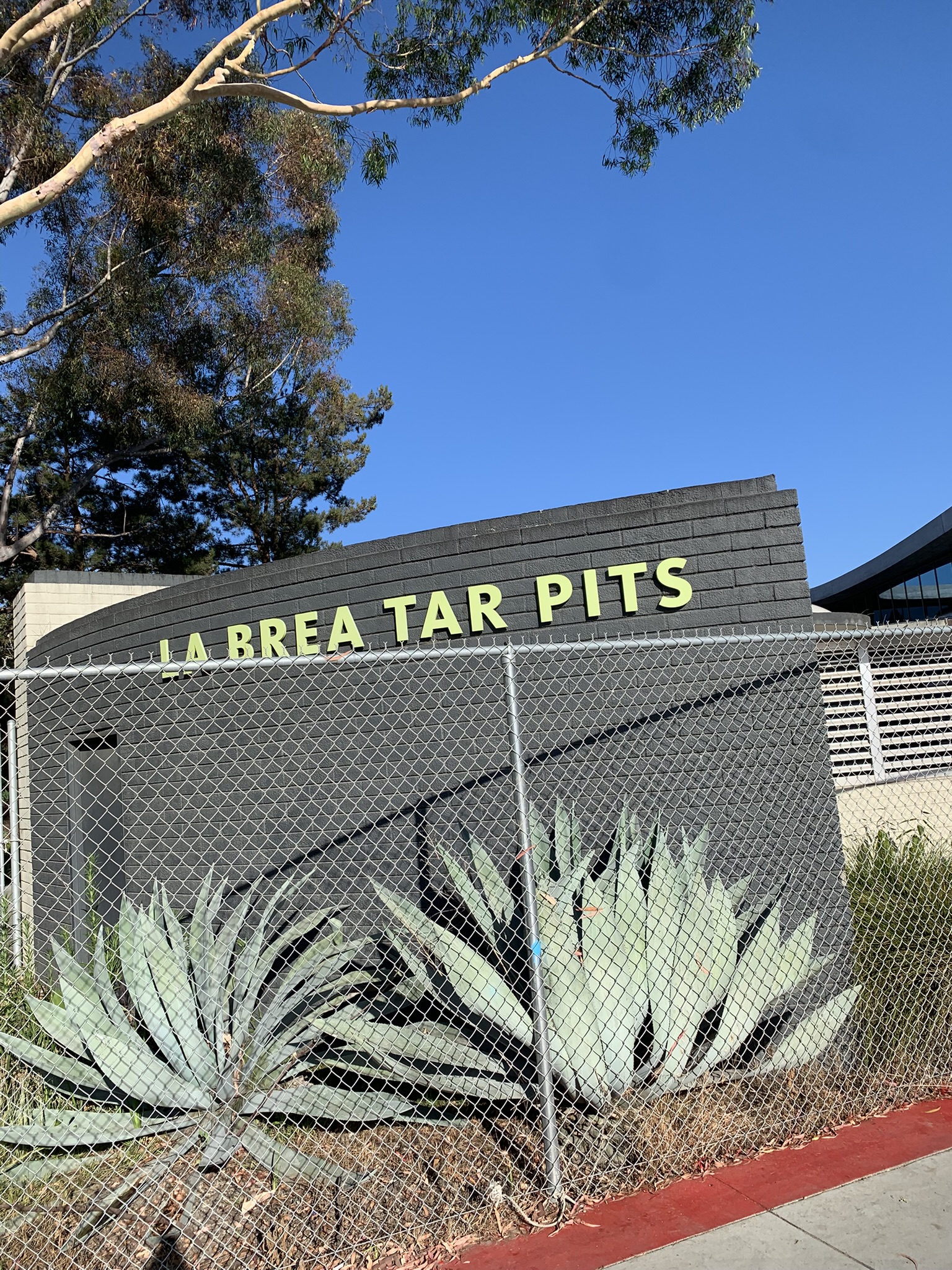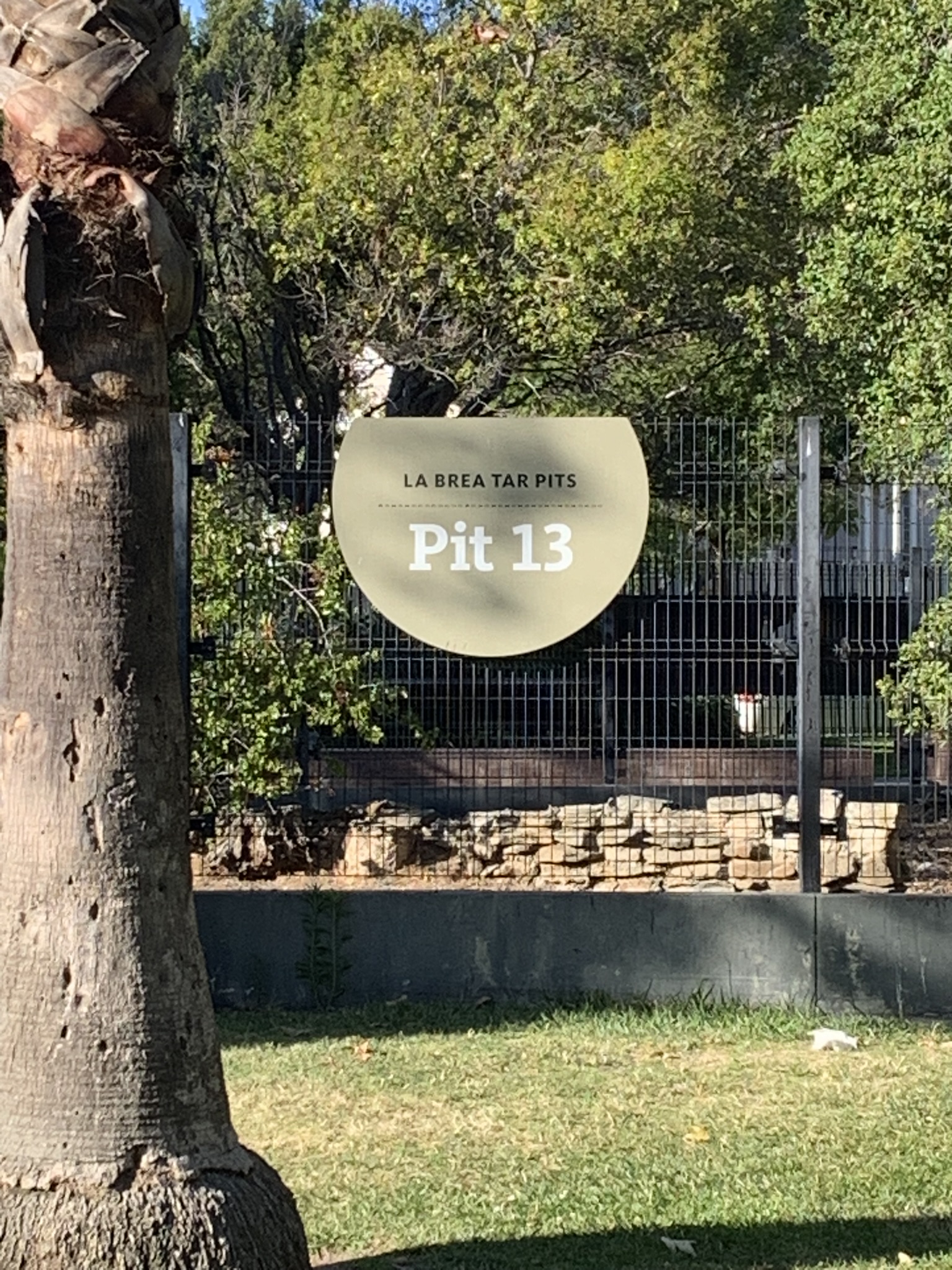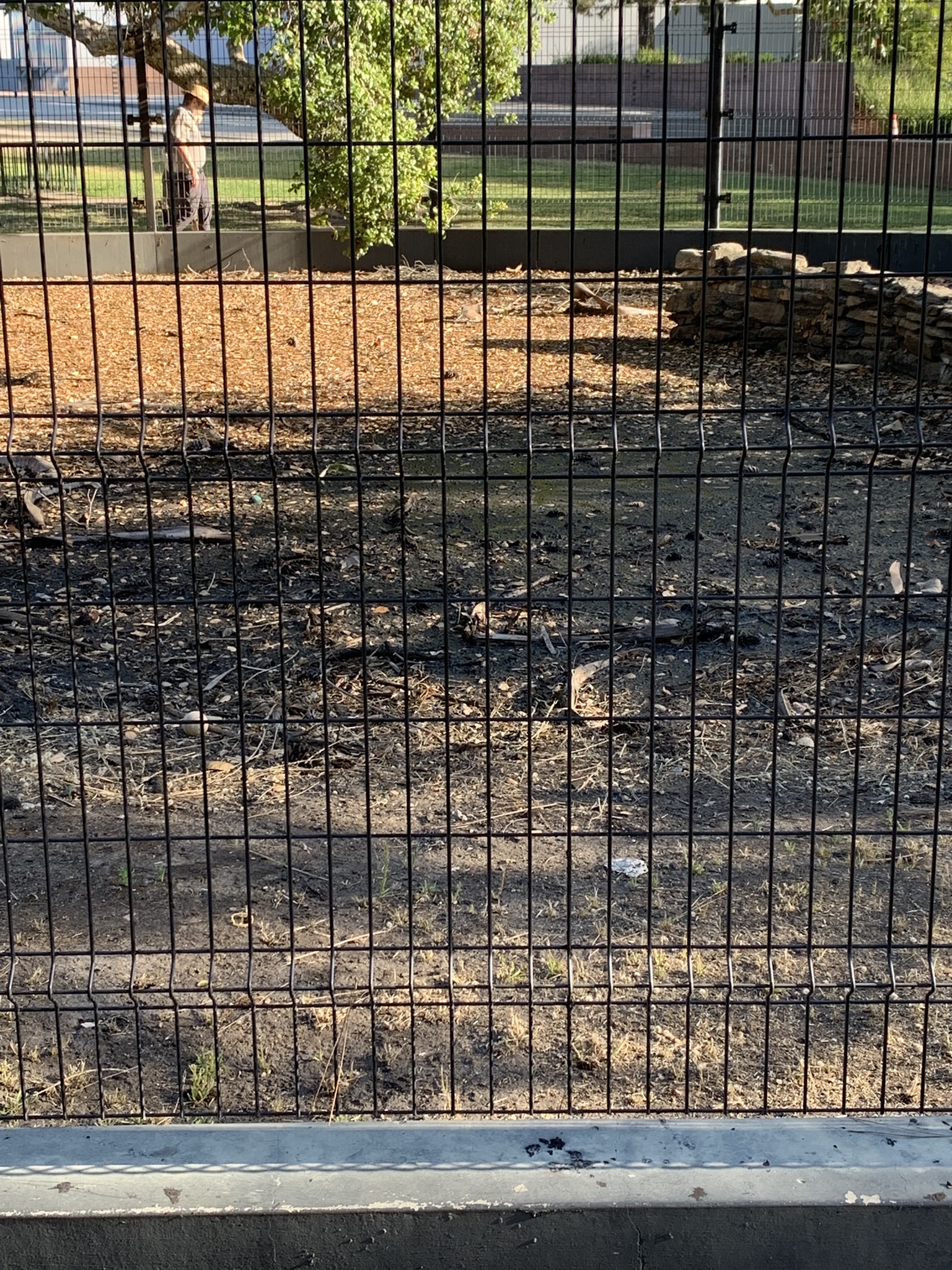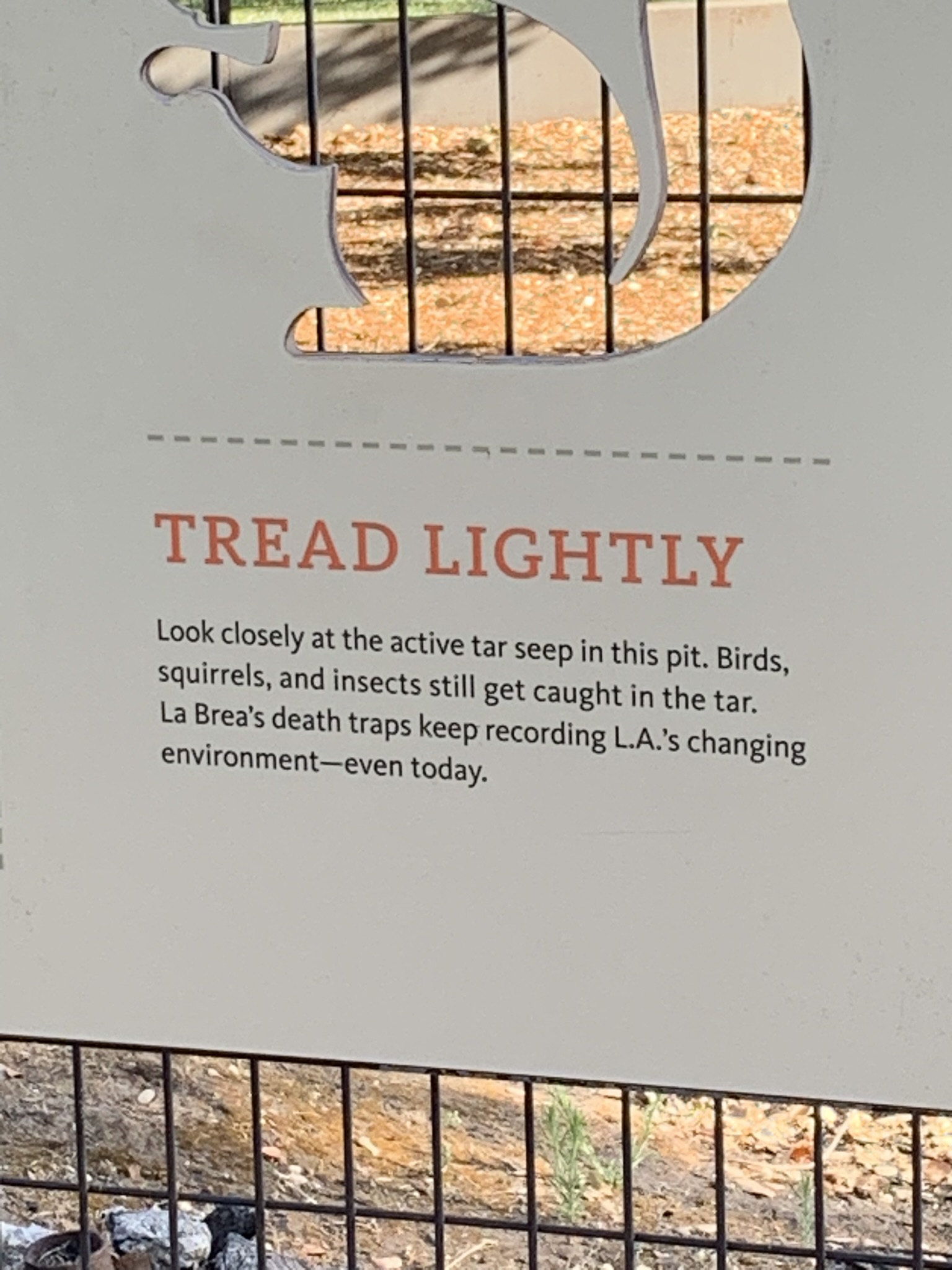While we have plentiful hiking opportunities here in North Georgia, I wanted to get out a little and drive a few hours for a new hike. The Monte Sano State Park is a pleasant, mostly rural and regional road drive of about 4 hours, and the famous Stone Cuts Trail is worth it.
After paying $5 entrance at the welcome gate, stop by the office for a map and got your hiking badge for your walking stick, and then drive to the “Biker’s Trailhead” aka Biker’s Pavilion where you can park for the day.
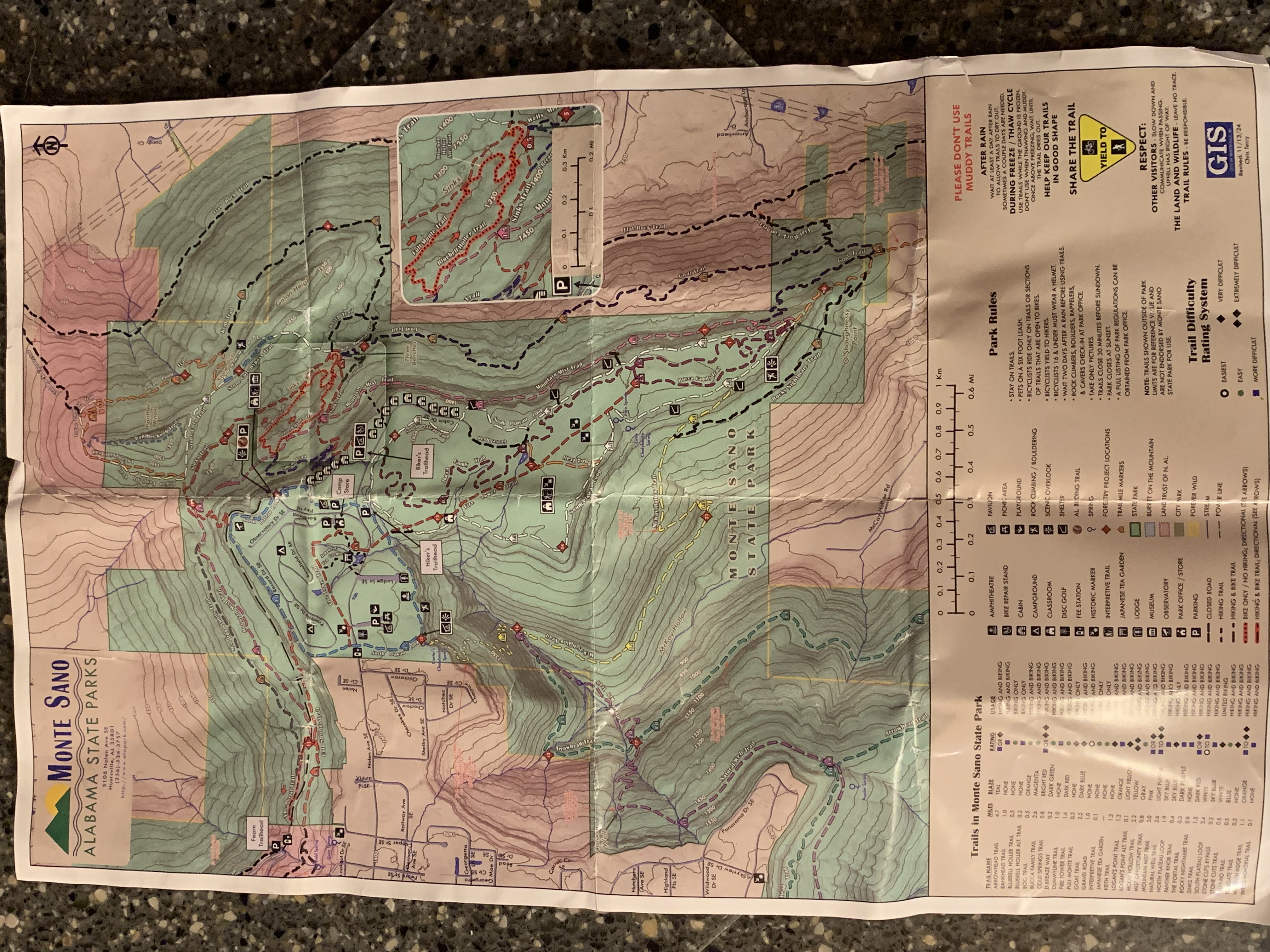
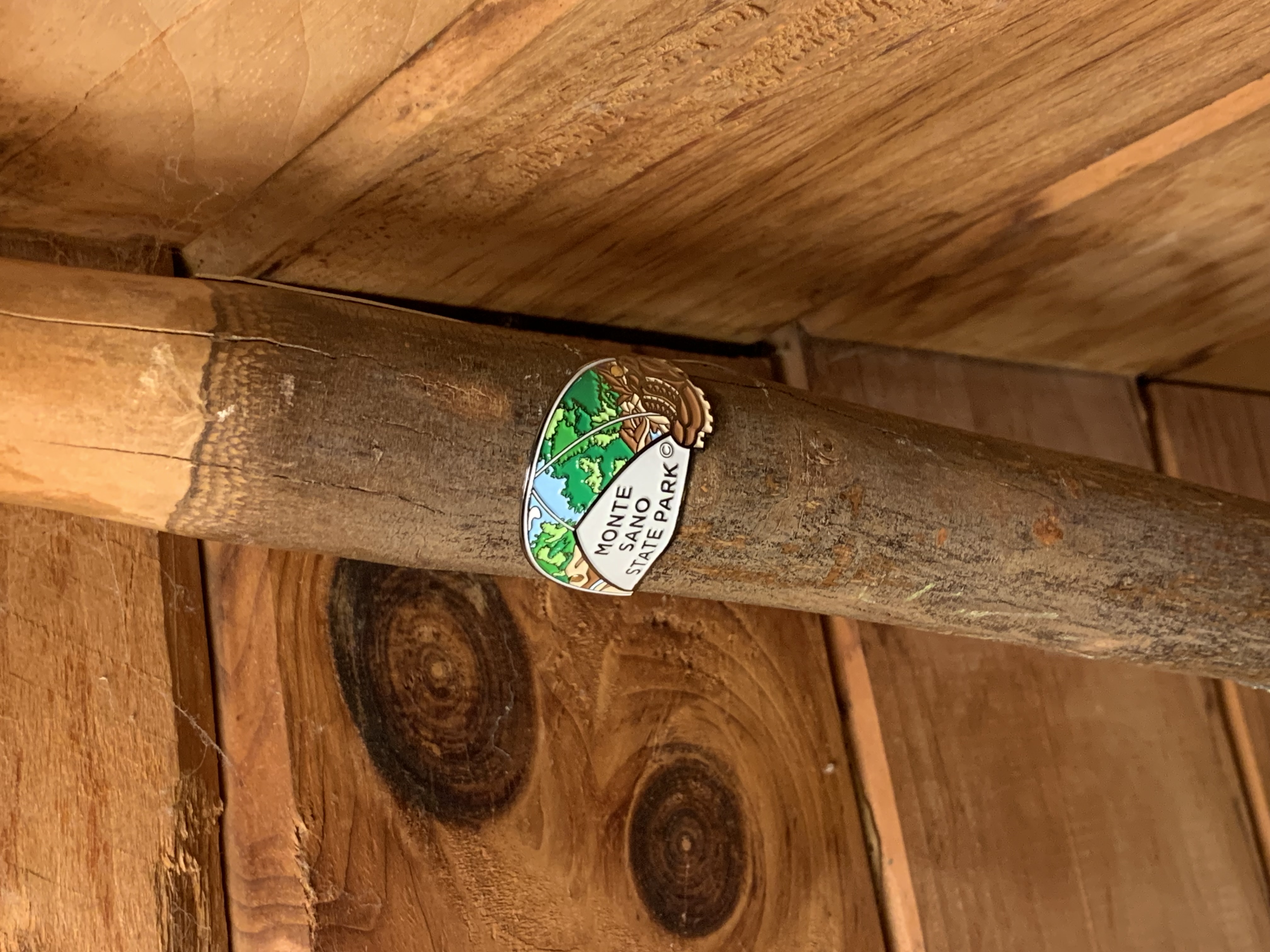
The pavilion has table and more than one bathroom! It is a great starting point. Then find the one trail that originates from there, and that is the Sinks Trail that will connect you to Stone Cuts Trail. The Sinks Trail is a pleasant 20 minutes through the woods. I was hiking alone and may have had the entire park to myself on the fall Thursday, so it was a little spooky hiking by myself in a trail I had never seen. This Sinks Trail however is well marked, and after about 20 minutes you arrive at Stone Cuts Trail – and you can’t miss it!
The Stone Cuts Trail looks like you are about to cross through the Misty Mountains to get to Moria, in the Lord of the Rings! The Stone Cuts Trail is carved through a limestone area that has cracked, and you are walking in sometimes very tight pathways, with all kinds of little caves and crevices all around you. I took my time to inspect and admire the limestone for fossils and interesting geology, and was just happy to be so isolated in a such a landscape that truly felt like something from Middle Earth. I also found a hidden geocache work of art that was a delightful surprise: https://northgeorgiaculture.com/2025/11/03/october-2025-discovery-at-monte-sano-state-park-alabama/. See the video below for highlights and photos. Here are the Monte Sano State Park trail requirements per American Geode:
Plenty of water and snacks – the pavilion where you start has water from the sinks but no food.
Walking stick is a MUST. The Stone Cuts Trail is EXTREMELY rocky and uneven. A walking stick is a must.
Your must sturdy hiking boots are also needed to be sure not to twist or strain or sprain anything while hiking.
Be prepared for a longer than expected walk back to your car. There is a way to circle back but we did not discover it so after finishing the Stone Cuts Trail, we followed signs to get back to the main road through the park and there is likely a faster way to get back to where you started via the trails. We could consider the trail a medium hike, moderate depending on the scale you consider for your hikes.
Watch our highlights video and if you visit Monte Sano State Park, please tell them American Geode sen’cha!

